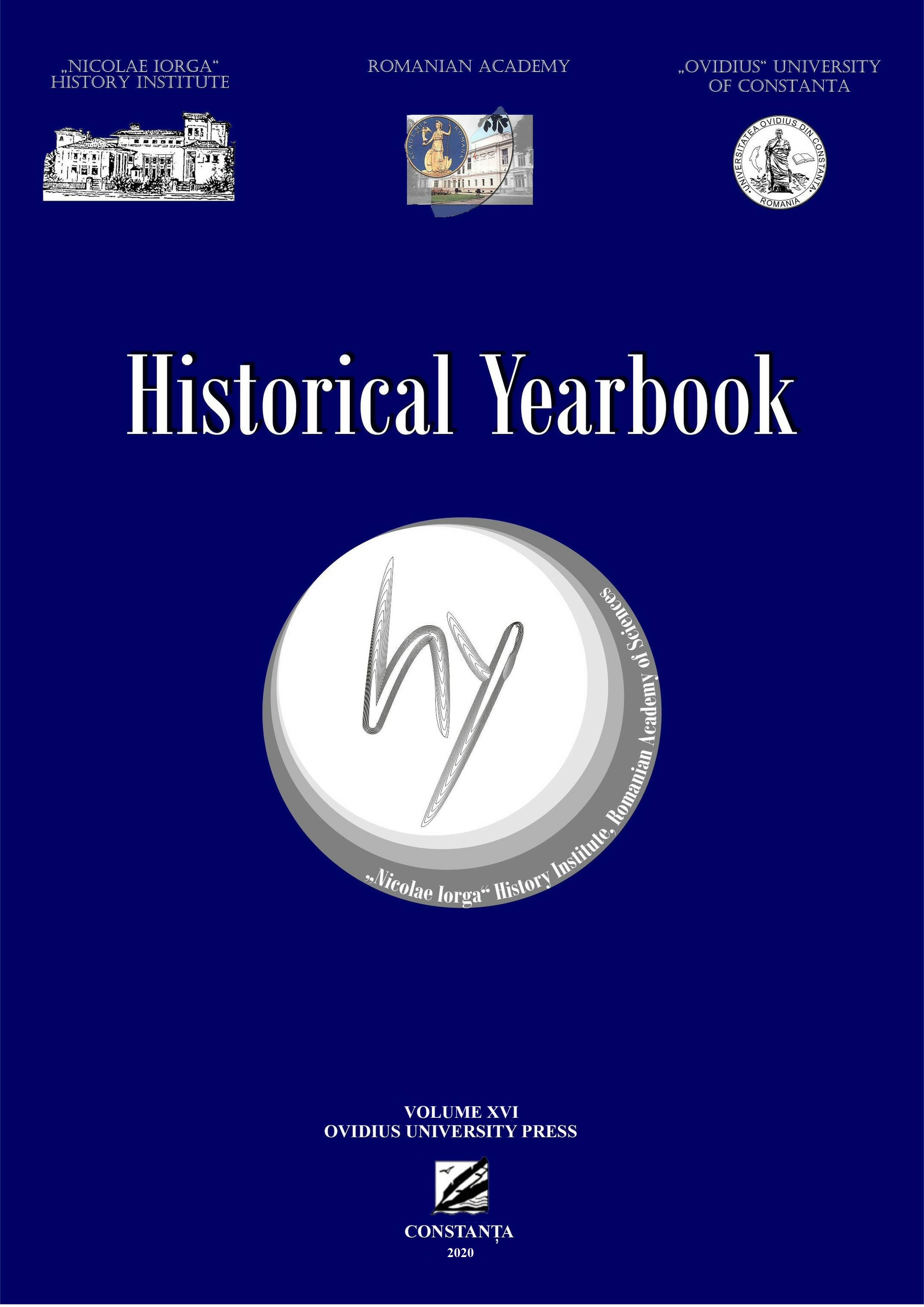GÉOGRAPHES, CARTES ET TERRITOIRE NATIONAL: IMAGINER LA FRONTIÈRE ROUMANO-HONGROISE DE L’ENTRE-DEUX-GUERRES
GEOGRAPHES, MAPS AND NATIONAL TERRITORY: IMAGINING THE ROMANIAN-HUNGARIAN BORDER OF THE INTER-WAR WARS
Author(s): Doru Adrian LixandruSubject(s): Political history, Interwar Period (1920 - 1939)
Published by: Ovidius University Press
Keywords: borders; geographical nationalism; national cartography; interwar Romania;
Summary/Abstract: The territorial ideology related to Romania’s border with Hungary played a significant role in forging the national narrative of the Romanian state-building process. In order to enrich a still underdeveloped scholarship on Romanian borders and borderlands, the following article examines how geography and maps are used by interwar Romanian geographers and cartographers in order to legitimize the Western border and to invent it as a marker of territorial sovereignty. More precisely, I argue that the Romanian-Hungarian borderland was ideologically and socially constructed as a distinct geopolitical region through various practices of geographical nationalism. By exploring a particular geographical imaginary of security and threat, this paper is both a call for nuanced interpretation and more sustained investigation of the way in which geopolitics, demography and cartography relate to borders, sovereignty, and nationalism in creating geographies of exclusion.
Journal: HISTORICAL YEARBOOK
- Issue Year: 17/2020
- Issue No: XVII
- Page Range: 99-113
- Page Count: 15
- Language: French
- Content File-PDF

